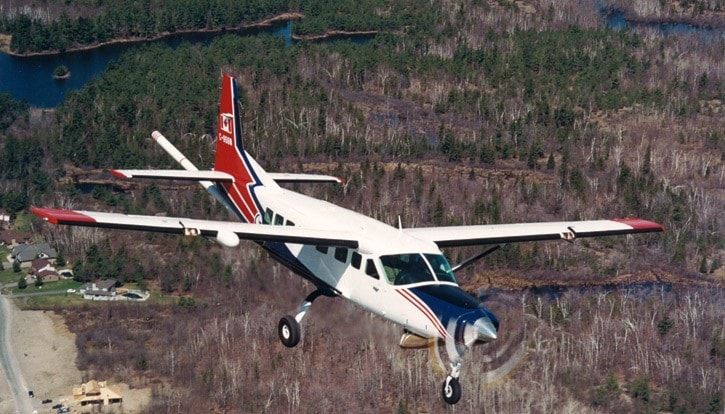The latest aerial survey of mineral potential has found indications of copper, silver and molybdenum deposits in west-central B.C.
GeoscienceBC has released results of its third aerial survey since 2013, measuring magnetic field changes that indicate the presence of magnetic minerals in the upper layer of the Earth's crust.
The was flown last summer by three aircraft with sensitive magnetometers, covering a region including Smithers, 亚洲天堂 Lake, Houston, Vanderhoof and Fraser Lake. The B.C. government provided $5 million to GeoscienceBC, a non-profit agency that collects data for governments, local communities and resource industries.
Robert Archdekin, CEO of GeoscienceBC, said the latest survey region is a good candidate for mineral exploration because of existing road, rail and hydroelectric networks that make it more feasible to establish a mine. The area has already hosted the Huckleberry and Endako mines, with the proposed Blackwater mine in development just south of the latest survey region.
Energy and Mines Minister Bill Bennett said the work of GeoscienceBC since 2005 has sparked new mineral exploration, once areas of interest are narrowed down.
"Have we seen staking rushes and development happen after a program was announced, absolutely," Bennett said.
One of those is Serengeti Resources' , 135 km northwest of Fort St. James, in a formation known as the Quesnel Trough that runs from southern to northern B.C. and has several copper-gold deposits.
Earlier surveys mapped a region east of Terrace and further south, the Chilcotin Plateau west of Quesnel. The three survey areas together cover 55,500 square kilometres, an area the size of Nova Scotia. Much of B.C.'s Interior is covered with glacial till, making it difficult to prospect on the ground.
The magnetic survey has more uses than identifying areas for mineral prospecting. It can locate fresh-water aquifers for water supply, or deeper saline aquifers and gas pools in shale formations.



